Explanation
Ssanggok Valley, which is located in Chilseong-myeon, Goesan-gun, is 10.5km long stretching from Ssanggok village to Jesurijae.
The valley is surrounded by Bobaesan Mountain, Gunjasan Mountain and Bihaksan Mountain and clear water flows all year down the walls of a series of unique rock formations.
Thanks to its scenic beauty, many Confucian scholars used to visit here to enjoy literature and nature.
Ssanggok Valley is composed of nine valleys and each has its own unique atmosphere.
The first valley, Holongso, flows into a swamp area with many old pine trees nearby creating a picturesque view. The second valley is called Sogeumgang and it is said that its appearance changes with every season. Tteokbawi (rice cake rock) Valley gets its name from the shape it takes on, which is like a sliced rice cake. Similar to the first valley, Munsuam Valley, the fourth valley also has water flowing over uniquely shaped rocks with many old pine trees and flora. The fifth valley has quite a view of parallel rocks on both sides, while the sixth valley offers magnificent vistas of water flowing into a pool formed by the rocks. The water cascading down a huge boulder is said to look like the pleats of a woman’s skirt unfolding at the seventh valley. The eighth valley gathers water into a pond shape from the waterfall; legend says that fairies bathe here. The ninth valley is wide and refreshingly cool even during the hottest summer months.
Inquiry
+82-43-542-5267
Homepage
www..knps.or.kr (Korean, English, Japanese, Chinese)
Information Use
Contact and Information : • 1330 Travel Hotline: +82-2-1330
(Korean, English, Japanese, Chinese)
• For more info: +82-43-542-5267
Parking facilities : Available
Hours : 24 hrs
More information
Areas Open to the Public
● Beopju Ticket office (법주매표소) - Sesimjeong (세심정) - Sinseondae (신선대) (6.1km)
● Osong area (오송지구) - Munjangdae (문장대) (3.5km)
● Sesimjeong (세심정) - Dohwa-ri (도화리) (8.5km)
● Janggakdong (장각동) - Cheonwangbong Peak (천왕봉) - Munjangdae (문장대) (6.5km)
● Sadam-ri (사담리) - Nagyeongsan Mountain (낙영산) - Domyeongsan Mountain (도명산) (6.5km)
● Haksodae (학소대) - Cheomseongdae (첨성대) (6km)
● Sesimjeong (세심정) - Munjangdae (문장대) (3.3km)
● Cheonwangbong Peak (천왕봉) - Hyeongjebong Peak (형제봉) (7.1km)
● Sogeumgang (소금강) - Gunjasan Mountain (군자산) - Domagol (도마골) (6.5km)
● Tteokbawi Rock (떡바위) - Chilbosan Mountain (칠보산) - Ssanggok Waterfall (쌍곡폭포) (6.2km)
● Jeolmal (절말) - Ssanggok Waterfall (쌍곡폭포) - Jangseongbong Peak (장성봉) - Jesurijae (제수리재) (12km)
● Birosanjang Cottage (비로산장) - Sanggoam (상고암) (1.2km)
● Seonnyubong Peak (선유봉) - Jebiso (제비소) (1.8km)
● Hyeongjebong Peak (형제봉) - Mansu-ri (만수리) (2.5km)
● Ungyo-ri (운교리) – Gallon (갈론) (2.80km)
Mountain Not Access Period
- Seasonal Forest Fire Caution Period: Feb 1-May 15 / Nov 1-Dec 15
* TBD by park directors based on fire weather advisories, precipitation levels, and other local conditions.
Restricted Mountain Areas
● Munjangdae (문장대) - Bukgachi (북가치) - Myobong Peak (묘봉) (3.5km)
● Yonghwa Area (용화지구) - Maebong Peak (매봉) - Myobong Peak (묘봉) - Bukgachi (북가치) - Minpandong (민판동) (7km)
● Mitasa Temple (미타사) - Bukgachi (북가치) - Minpandong (민판동) (2.2km)
● Semoki (세목이) - Samga-ri (삼가리) (4.1km)
● Nature Learning Center (자연학습원) - Garyeongsan Mountain (가령산) - Nagyeongsan Mountain (낙영산) (6km)
● Ogyang Waterfall (옥양폭포) - Baegaksan Mountain (백악산) - Suanjae (수안재) - Ipseok (입석) (11.5km)
● Gagyeonsa Temple (각연사) - Chilbosan Mtountain (칠보산) (3km)
● Gagyeonsa Samgeori (각연사삼거리) - Chilbosan Mountain (칠보산) (1.5km)
● Gallon (갈론) - Aegibong Peak (애기봉) - Ongnyeobong Peak (옥녀봉) - Gallon (갈론) (8.2km)
● Sangchon (Oknyeobong Peak) (0.6km)
Restrooms
Available
Parking Fees
Small cars 2,000 won
Mid-sized cars 4,000-5,000 won
Buses: 6,000-7,500 won
Location
242, Ssanggok-ro, Chilseong-myeon, Goesan-gun, Chungcheongbuk-do
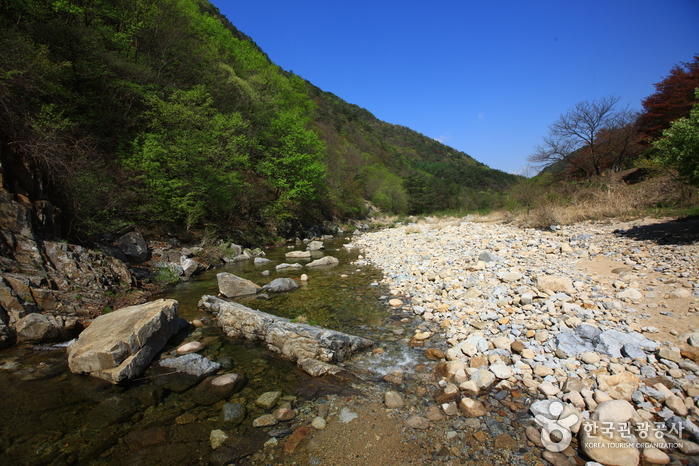
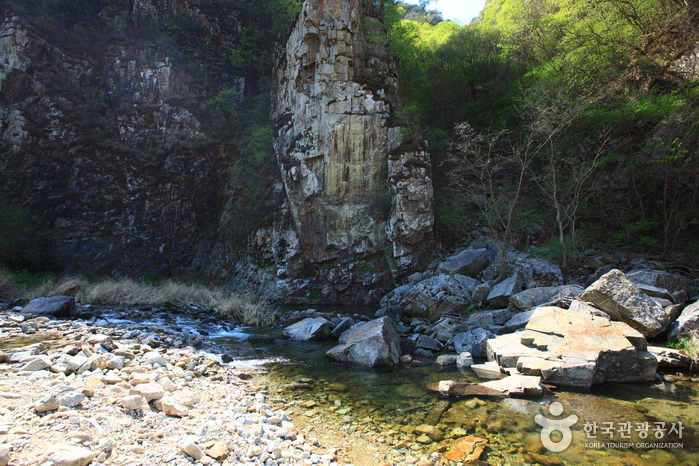
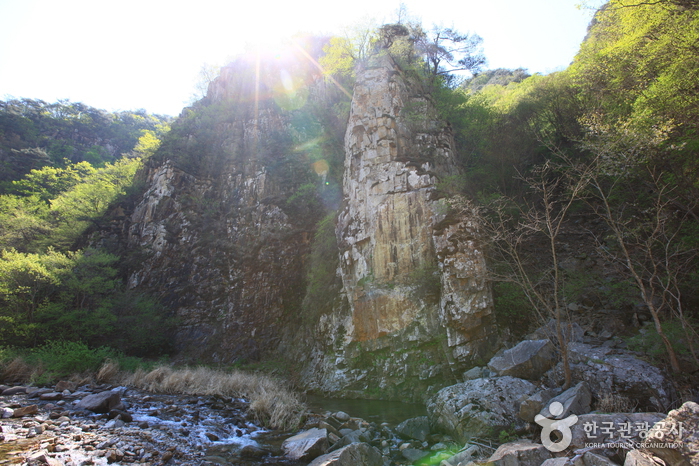
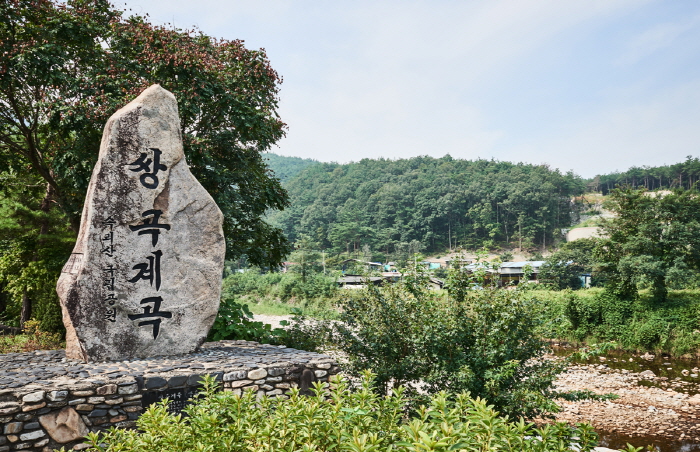
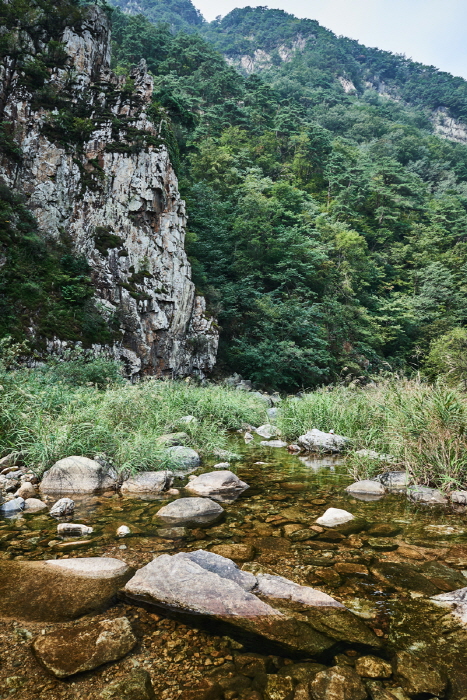
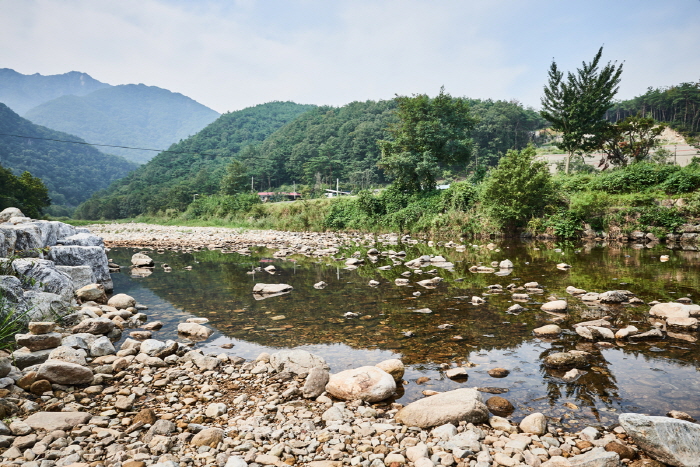
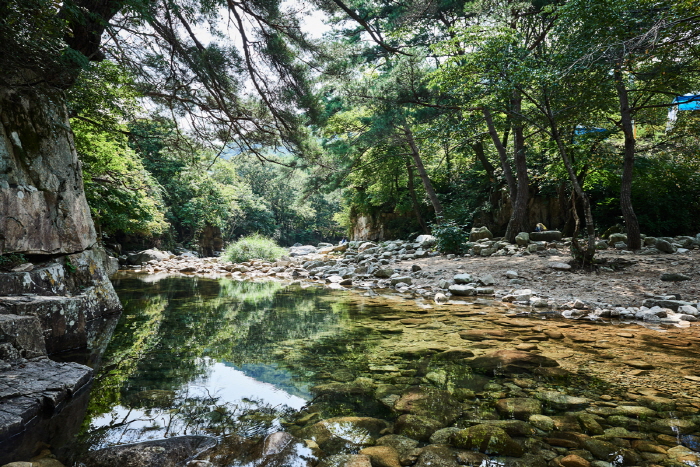
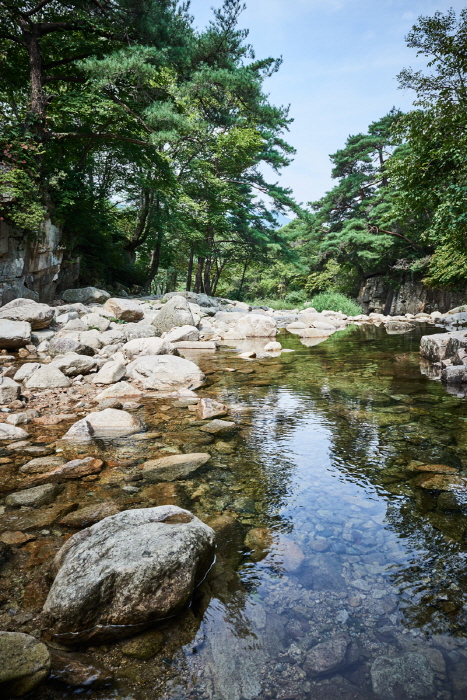
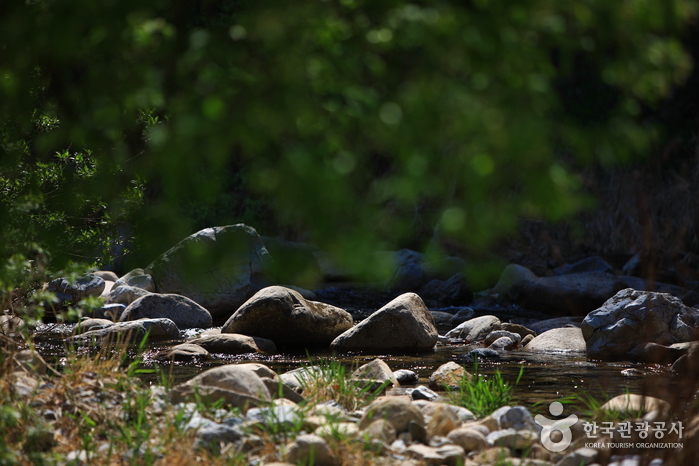

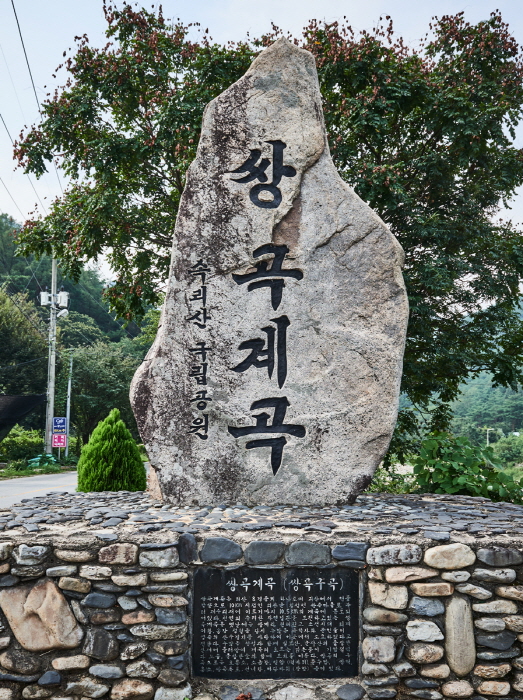
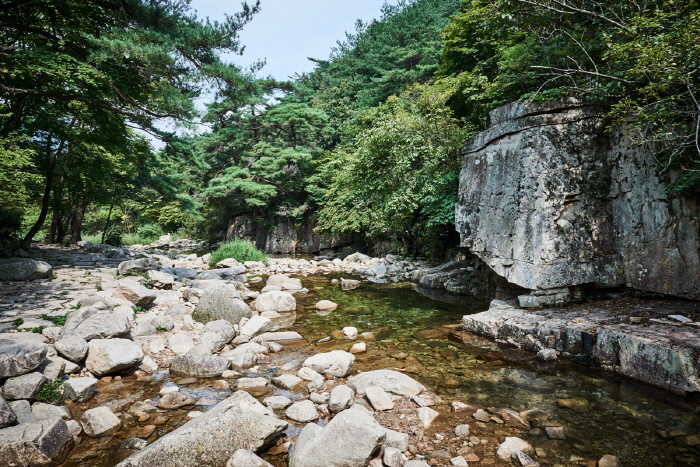
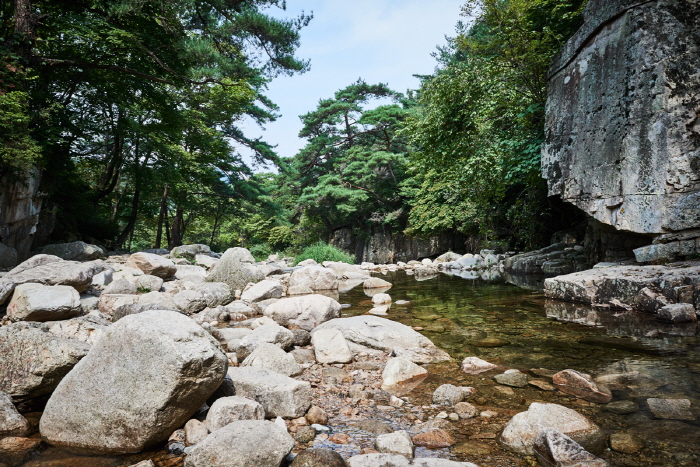
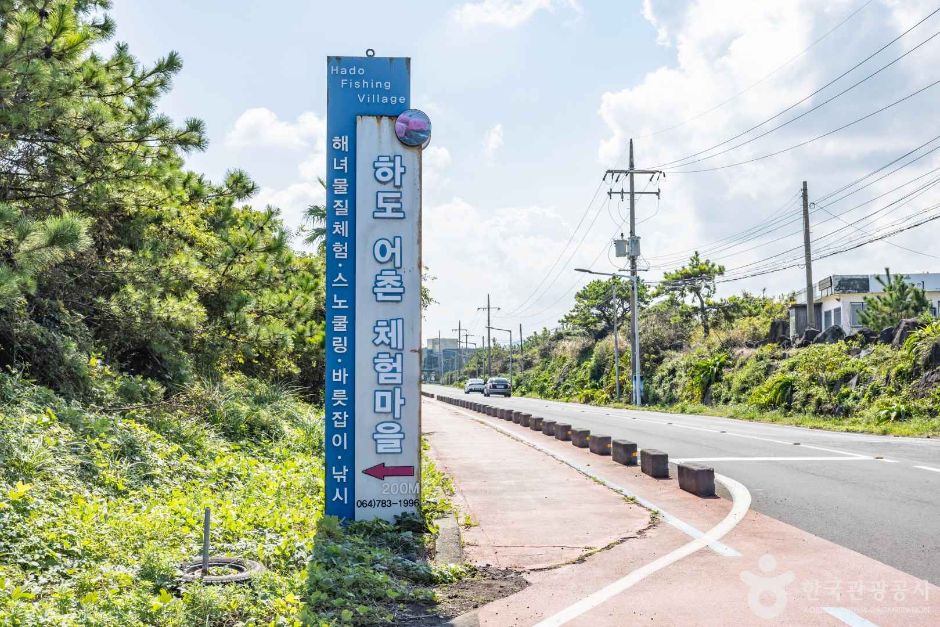
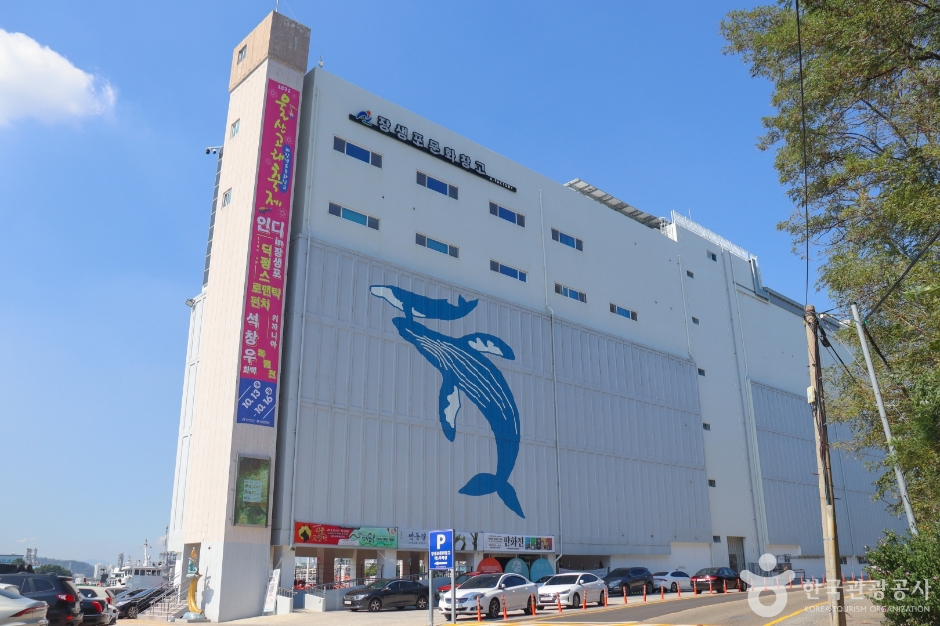
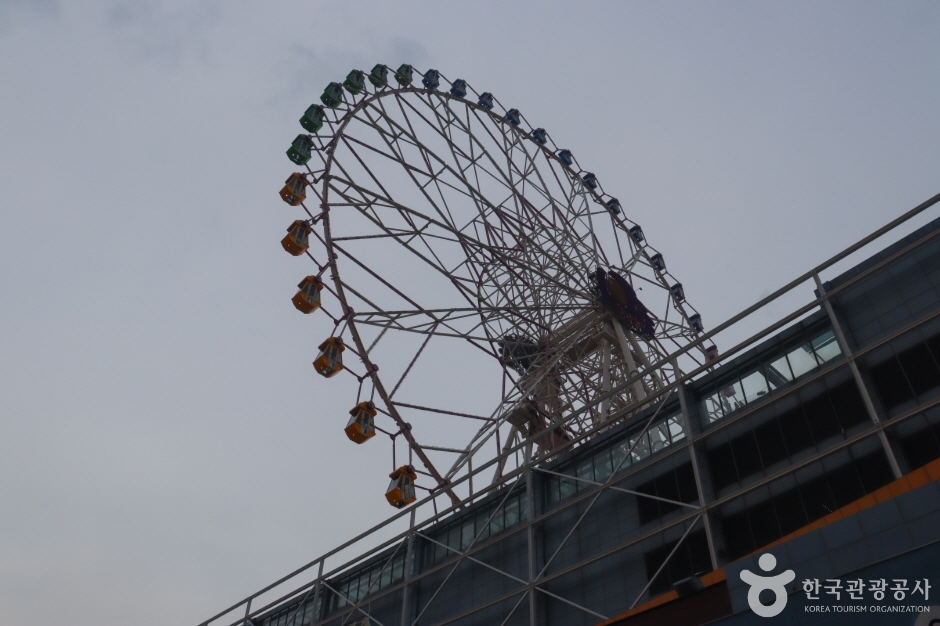
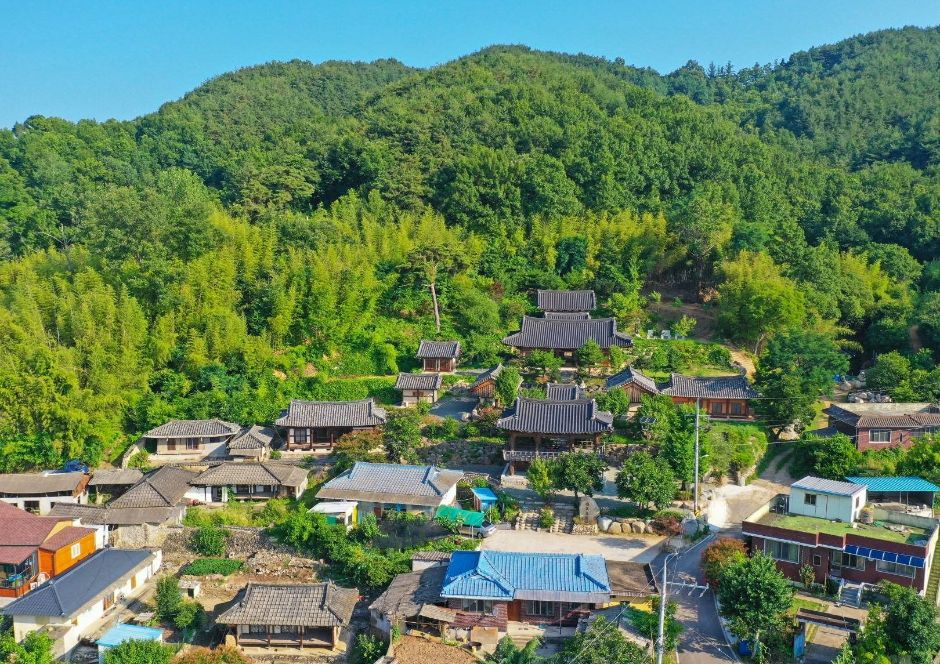

 English
English
 한국어
한국어 日本語
日本語 中文(简体)
中文(简体) Deutsch
Deutsch Français
Français Español
Español Русский
Русский